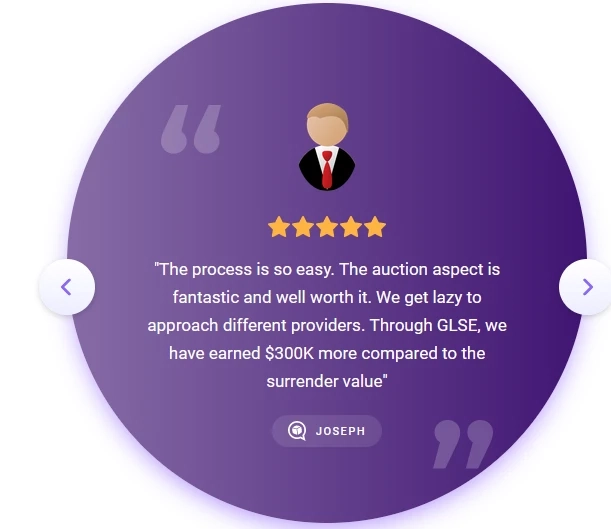Cash value insurance policies through Global Life Settlement Exchange are a type of life insurance that provides a death benefit to beneficiaries and builds cash value over time. This cash value component makes these policies unique and potentially beneficial in a broader financial strategy.
What is a Cash Value Insurance Policy?
A cash value insurance policy is a form of permanent life insurance designed to last for the insured\'s entire life, as opposed to term life insurance, which covers a specific period. The key feature of these policies is the cash value component, which is essentially a savings or investment element that grows over time. The policyholder can access this cash value through withdrawals or loans, providing flexibility and financial security.
Types of Cash Value Life Insurance
There are several types of cash-value life insurance, each with its characteristics and benefits:
Whole Life Insurance is the most traditional form of cash-value life insurance. Life insurance and cash value provides a fixed death benefit and a guaranteed rate of cash-value growth. Premiums are typically level, meaning they do not increase over time.
Universal Life Insurance offers more flexibility than whole life insurance. Policyholders can adjust their premiums and death benefits within certain limits. The cash value grows based on the interest rate the insurer sets, which can vary.
Variable Life Insurance: With this policy, the cash value can be invested in various sub-accounts, similar to mutual funds. This offers the potential for higher returns but also comes with greater risk.
Indexed Universal Life Insurance: This type combines universal and variable life insurance elements. Cash value growth is linked to a stock market index, which provides the opportunity for higher returns while offering protection against market downturns.
How Cash Value Works in Life Insurance
When premiums are paid into a cash value life policy, a portion goes toward the cost of insurance and administrative fees. At the same time, the remainder is deposited into the cash-value account. Over time, this account accumulates value and is tax-deferred, which can be a significant advantage for long-term financial planning.
The cash value can be accessed in several ways:
Withdrawals: Policyholders can withdraw funds from the cash value, typically up to the amount paid in premiums, without tax implications. However, withdrawals that exceed the premiums paid may be subject to taxes.
Loans: Policyholders can borrow against the cash value at relatively low interest rates. These loans do not have to be repaid, but any outstanding balance will be deducted from the death benefit.
Policy Surrender: If a policyholder decides they no longer need the insurance, they can surrender the policy and receive the cash value minus any surrender charges. This action terminates the policy and its death benefit.
Advantages and Disadvantages
Advantages:
Long-term Coverage: Cash value life insurance policies provide lifelong coverage, ensuring that beneficiaries receive a death benefit no matter when the insured passes away.
Cash Value Accumulation: The cash value component grows over time, offering a source of funds that can be used for various financial needs.
Tax Benefits: The cash value grows tax-deferred, and policy loans are typically tax-free, providing tax-advantaged growth and access to funds.
Flexible Use of Funds: Policyholders can use the cash value for emergencies, retirement, or other financial goals.
Disadvantages:
Higher Premiums: Cash value policies are more expensive than term life insurance due to the savings component and lifelong coverage.
Complexity: These policies can be complicated, with various fees, charges, and terms that can be difficult to understand.
Lower Returns: Compared to other investment vehicles, the returns on cash value accounts are often lower, particularly for whole life insurance.
Surrender Charges: Early policy surrender can result in significant charges, reducing the amount received.
Conclusion
Cash value life insurance policies offer a combination of life insurance coverage and a savings component, making them a versatile tool in financial planning. While they come with higher costs and complexity than term life insurance, the benefits of lifelong coverage, tax-deferred growth, and flexible access to cash value can make them an attractive option for those looking to build long-term financial security. As with any financial product, it is essential to carefully consider your needs and consult with a financial advisor to determine the best type of policy for your situation.


